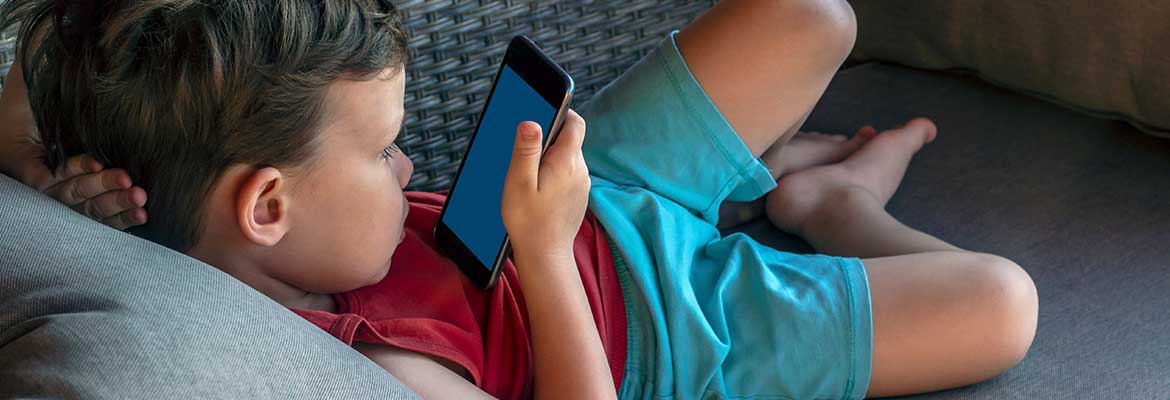You are now being directed to a third party website. Please note that this website is for convenience of the user. spectacularkids is not collecting, storing, or accessing any personal data of the user, and all the information collected, stored, and accessed herein is with the third party https://myeyedoctor.in/ website. You expressly consent to share all your details with https://myeyedoctor.in/

We have understood the basics of progressive Myopia and its causes. Coming to the risk factors of progressive Myopia, if the child has been diagnosed with Myopia at a younger age, a myopic shift occurs around school age following a rapid increase in Myopia, which continues until the late teenage years. Progressive Myopia is associated with complications like retinal detachment and degeneration, glaucoma, and cataracts at a young age, leading to a lifetime risk of severe visual impairment including blindness.
To prevent the progression of Myopia in children, it is important to look for the factors responsible for Myopia progression and find ways to reduce the incidence of Myopia and its progression. When it comes to unmodifiable risk factors such as age and parental Myopia, age is the strongest independent risk factor for Myopia progression. When Myopia develops at a young age, the rate of progression is faster. Therefore, it makes sense to stabilize Myopia at a younger age with resources at our disposal. Talking about the genetic factors, the risk of Myopia in children increases by two times when one parent is myopic and by three times when both parents are myopic. Parental Myopia is not only the risk factor for the development of Myopia but also the risk factor for the progression of Myopia. It has been observed that children who have at least one myopic parent are at increased risk compared to children with no myopic parent.
Among the potentially modifiable risk factors, lack of physical activity along with the excess of near-work activities are thought to contribute most to the progression of Myopia. Nowadays, the teaching trend of using tablets and computers is highly prevalent as early as in preschool education and these devices are being used after school too, leading to the progression of Myopia. It is recommended that children should not spend more than 3 hours on close work such as reading, doing homework, using devices, etc. When they are using a tablet or computer, parents should ensure that they are properly placed to avoid eye strain and should be taught to take a break after 20 minutes by looking across the room for 20 seconds. A study has shown that eyeball length is different in children doing near-work activities for almost 3 hours and more in children who are involved in near-work activities for less than 3 hours a day.
Coming to the amount of time spent outdoors, it has been observed that sporting activities have a significant positive effect on the eyeball length when performed for 3 hours or more. Outdoor sports and playing for at least 90 minutes a day can reduce the risk of developing Myopia.
Due to the significant risks associated with progressive Myopia, eye care professionals have been very interested in developing treatment and management strategies for the prevention of Myopia progression. If you are a parent who has a myopic child, you should be aware of the negative impacts of near work and computer work on the eyeball length and the possible progression of Myopia and find ways to mitigate the effects.